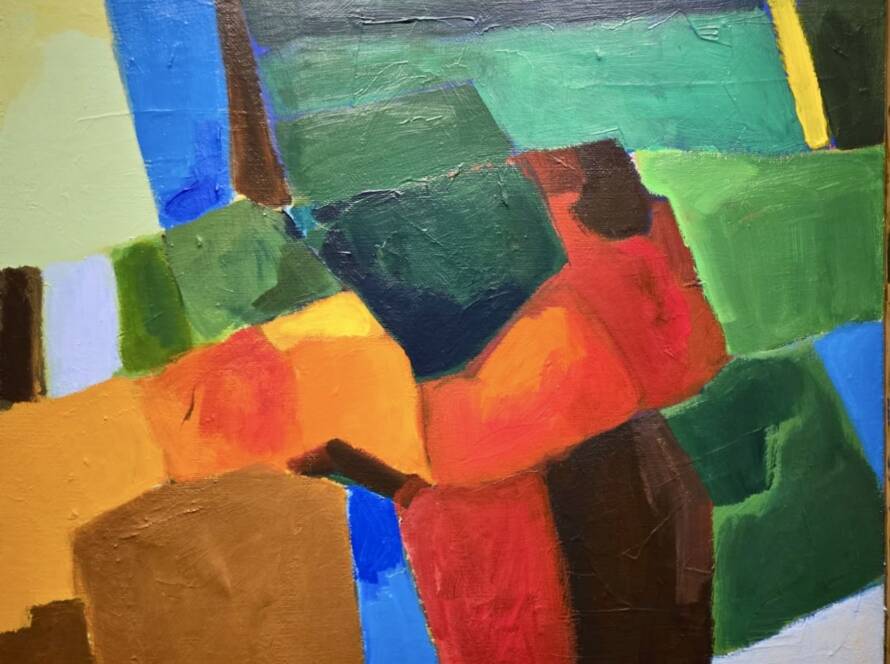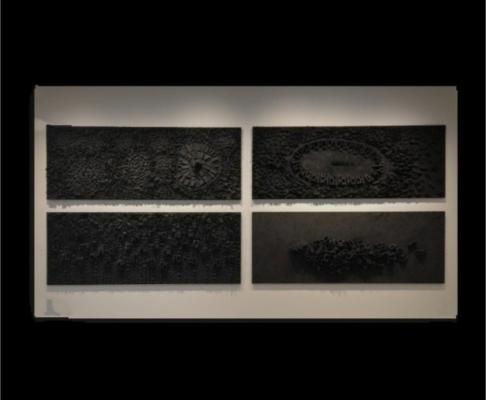
An Article by D. M. (608 words, 3 min. read)
Throughout history, artists have often been portrayed as eccentric individuals, living on the fringes of societal norms and breaking conventions with their peculiar behavior. From Vincent van Gogh’s tumultuous personal life to Salvador Dalí’s extravagant public persona, the image of the eccentric artist has become a stereotype in popular culture. However, eccentricity alone does not make someone an artist. Art is a disciplined craft, rooted in creative expression, technical mastery, and emotional depth. While eccentric behavior may sometimes accompany the artistic personality, it is neither a requirement nor a guarantee of artistry.
Eccentricity vs. Artistic Discipline
Art is a form of communication that requires not only creativity but also discipline. Creating compelling art involves mastering techniques and refining skills. Eccentricity, which often involves breaking societal norms, does not equate to this mastery. A person may exhibit unusual behaviors, but without a deep connection to the creative process, these behaviors do not translate into meaningful art.
Being an artist requires more than just external uniqueness. It involves dedication, study, and persistence. While eccentricity may inspire creativity, it does not replace the hard work necessary to create art that resonates with others.

The Myth of the “Mad Genius”
The romanticized notion of the “mad genius” suggests that eccentricity and artistic talent are inseparable. While it is true that some celebrated artists have exhibited eccentric traits, this does not mean that eccentricity is a prerequisite for artistic greatness. Many great artists live relatively ordinary lives, focusing on their art rather than public spectacle. Associating genius with eccentricity can also trivialize mental health issues and undermine the effort behind true creative achievement.
Art as a Deliberate Process
True art comes from a deliberate process of creation. While intuition and spontaneity play important roles, artists spend years developing their skills and refining their craft. This requires focus, discipline, and intention. Eccentricity, by contrast, can sometimes lead to a lack of focus or difficulty in effectively channeling creativity.
Many artists who are seen as eccentric today earned that reputation because of their unique approach to their craft. Their eccentricity was not the cause of their brilliance but rather the result of their intense commitment to pushing the boundaries of art. For example, Picasso’s Cubism was seen as eccentric but was rooted in years of technical mastery and a deep understanding of artistic theory.
Unstable Artist Behavior
Bad artist behavior can often blur the line between eccentricity and art. Some artists, driven by insecurity and paranoia, may exhibit erratic behaviors, such as turning off their phones when overwhelmed or changing their minds about exhibitions based on their moods. They often believe that everyone around them has bad intentions. They ask endless questions and engage in extraordinary analysis whenever they doubt someone. While this may reflect emotional sensitivity, it does not equate to artistic brilliance. Such behaviors highlight the need for emotional resilience and stability, reinforcing that true artistry is about disciplined practice, not erratic behavior.
The Arrogance of the Artist Who Always Claims to Be the Best
Bad artist behavior can often blur the line between eccentricity and art. Some artists, driven by insecurity and paranoia, may exhibit erratic behaviors, such as turning off their phones when overwhelmed or changing their minds about exhibitions based on their moods. They often believe that everyone around them has bad intentions. They ask endless questions and engage in extraordinary analysis whenever they doubt someone. While this may reflect emotional sensitivity, it does not equate to artistic brilliance. Such behaviors highlight the need for emotional resilience and stability, reinforcing that true artistry is about disciplined practice, not erratic behavior.


